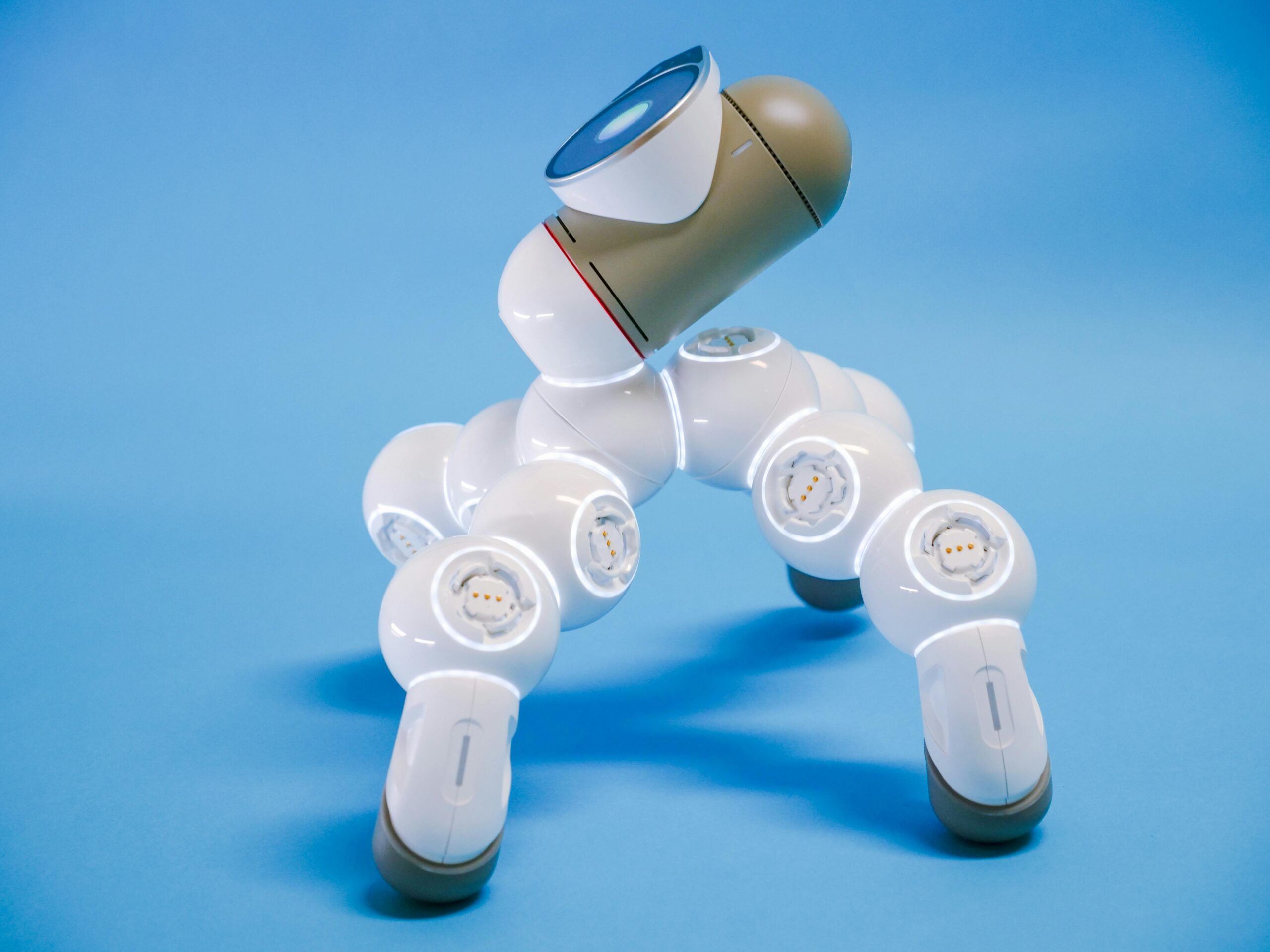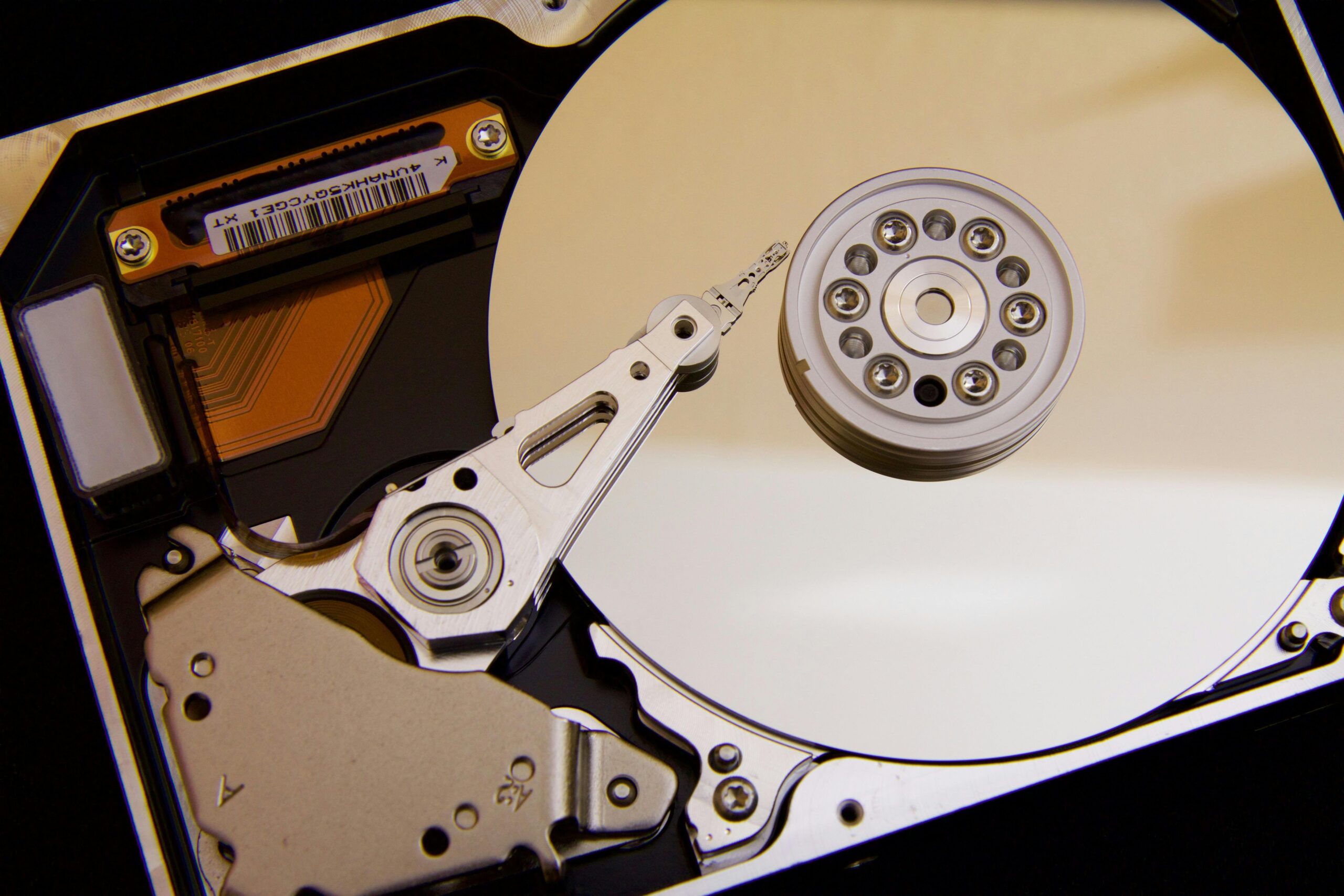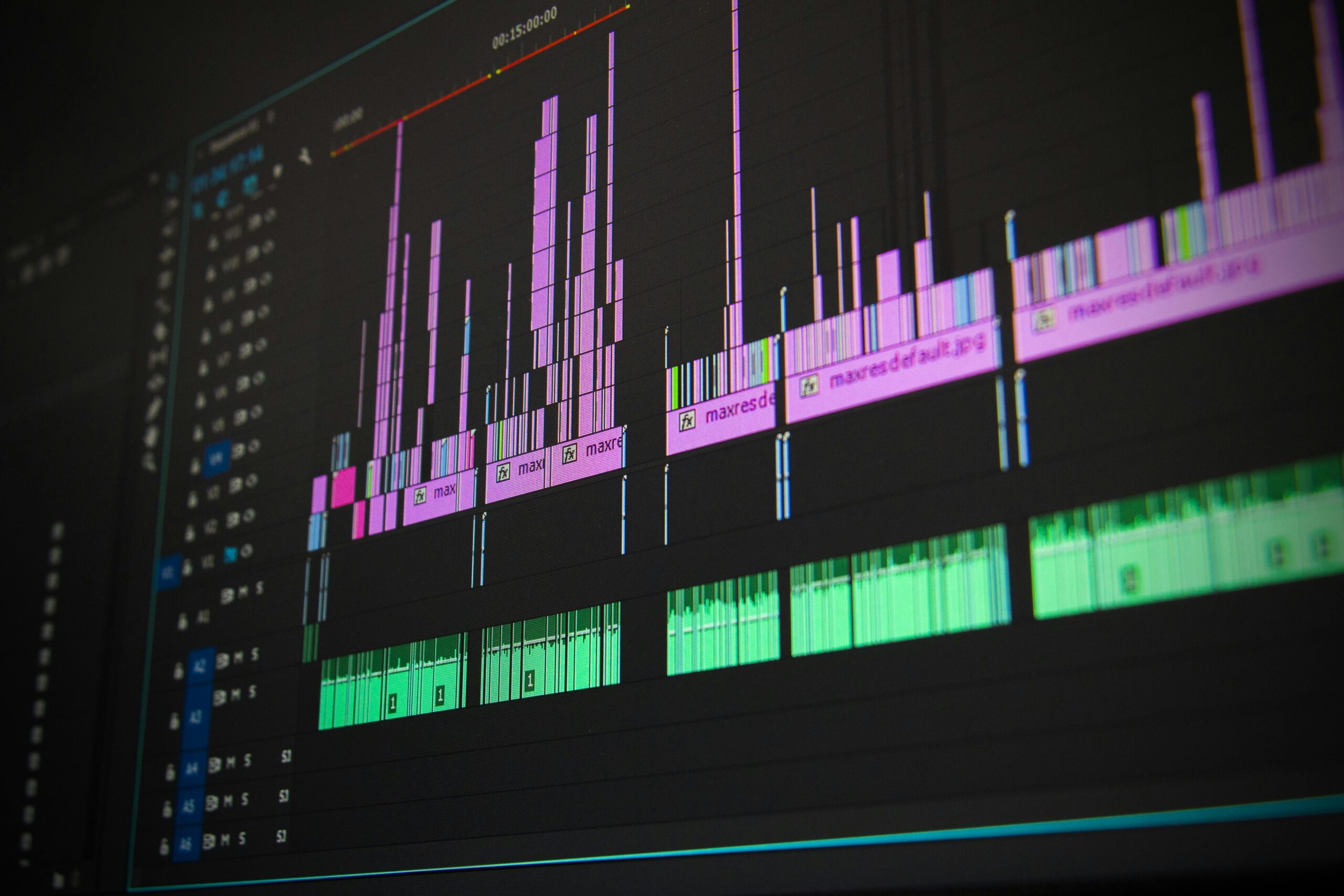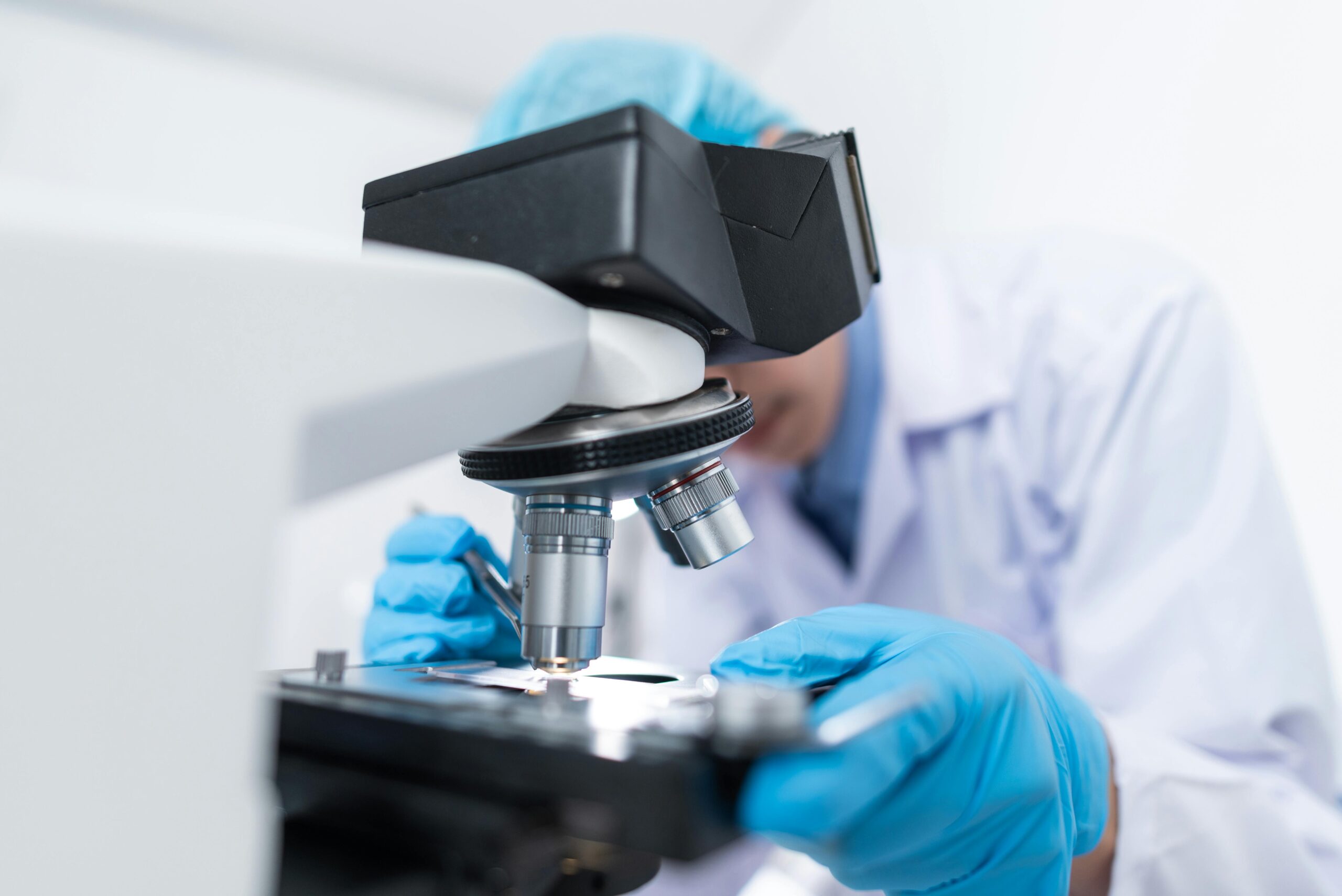The intersection of automation, robotics, and biofabrication is creating unprecedented opportunities in advanced manufacturing. This technological convergence is transforming how we produce biological materials, tissues, and complex biomaterials at scale.
From pharmaceutical production to tissue engineering, the integration of intelligent automation systems is not just improving efficiency—it’s fundamentally reimagining what’s possible in biological manufacturing. As we stand at this pivotal moment, understanding these transformations becomes essential for anyone involved in biotechnology, manufacturing, or healthcare innovation.
🔬 The Dawn of Automated Biofabrication Systems
Biofabrication has evolved dramatically from manual, labor-intensive processes to sophisticated automated systems. Traditional biofabrication required highly skilled technicians to perform repetitive tasks with minimal room for error. Today, robotics and automation are eliminating human variability while dramatically increasing throughput and precision.
Modern biofabrication platforms integrate multiple technologies into cohesive workflows. These systems combine liquid handling robots, environmental control systems, imaging technologies, and artificial intelligence to create “biofactories” that operate with minimal human intervention. The result is consistent, reproducible biological products manufactured at scales previously unimaginable.
The pharmaceutical industry has been among the first to embrace these advances. Automated cell culture systems can now maintain thousands of cell lines simultaneously, monitoring growth parameters in real-time and adjusting conditions automatically. This level of precision ensures that every batch meets stringent quality standards while reducing waste and accelerating development timelines.
Robotic Precision Meets Biological Complexity
One of the most challenging aspects of biofabrication is managing the inherent complexity of biological systems. Unlike traditional manufacturing where materials behave predictably, living cells and tissues respond dynamically to their environment. This unpredictability has historically made automation difficult.
Recent advances in robotics have overcome many of these challenges. Modern bioprinting robots, for instance, can deposit cells with micron-level precision while simultaneously monitoring cell viability. These systems adjust printing parameters in real-time based on feedback from integrated sensors, ensuring optimal cell placement and survival.
Collaborative robots, or cobots, are also transforming biofabrication workflows. Unlike traditional industrial robots that operate in isolated cages, cobots work alongside human technicians. They handle dangerous materials, perform repetitive pipetting tasks, and execute precise movements while humans focus on decision-making and quality oversight. This human-robot collaboration maximizes both safety and efficiency.
Advanced Sensing and Real-Time Monitoring
The true power of automated biofabrication emerges when robotics combines with sophisticated sensing technologies. Modern systems incorporate multiple sensor types to create comprehensive monitoring ecosystems:
- Optical sensors track cell morphology and confluence in real-time
- pH and dissolved oxygen sensors maintain optimal culture conditions
- Temperature and humidity controls ensure environmental stability
- Mass spectrometry detects metabolite levels and contamination
- Imaging systems provide continuous visual documentation
This sensor integration creates feedback loops that enable truly autonomous operation. When parameters drift outside acceptable ranges, systems can automatically implement corrective actions without human intervention. This capability is particularly valuable for long-duration processes like tissue maturation, which may require weeks or months of consistent conditions.
💡 Artificial Intelligence: The Brain Behind Automated Biofabrication
While robotics provides the physical capabilities for automated biofabrication, artificial intelligence serves as the decision-making engine. Machine learning algorithms analyze vast datasets from sensors, identifying patterns invisible to human operators and optimizing processes continuously.
Predictive AI models can forecast when cultures will reach specific growth stages, enabling perfect timing for downstream processes. These systems learn from every production run, incrementally improving efficiency and quality. In some facilities, AI-driven optimization has reduced production times by 40% while simultaneously improving product consistency.
Computer vision systems powered by deep learning have revolutionized quality control in biofabrication. These systems can examine thousands of samples per hour, identifying defects or contamination with accuracy exceeding human capabilities. By catching issues early, they prevent entire batches from failing expensive downstream processes.
Digital Twins and Simulation Technologies
One of the most exciting developments in automated biofabrication is the emergence of digital twin technology. A digital twin is a virtual replica of a physical biofabrication process, updated continuously with real-time data from the actual system.
Engineers use these digital twins to simulate process changes before implementing them physically. Want to know how changing incubator temperature will affect cell growth? Run the simulation first. This approach dramatically reduces experimental costs and accelerates process development. Companies report reducing process optimization timelines from months to weeks using digital twin technologies.
Scaling From Lab to Production: The Manufacturing Challenge
Academic laboratories have successfully demonstrated countless biofabrication techniques, but scaling these processes to commercial production remains challenging. Automation and robotics are proving essential for bridging this gap between laboratory success and industrial reality.
Traditional scale-up approaches often failed because biological processes don’t scale linearly. A culture method that works perfectly in a small flask may fail completely in a large bioreactor. Automated systems address this through parallelization rather than simple scaling. Instead of one large vessel, modern biofactories use hundreds or thousands of smaller, robotically managed units.
This distributed manufacturing approach offers significant advantages. If one unit experiences contamination, it can be isolated without affecting the entire production run. Different units can run different protocols simultaneously, enabling flexible production schedules. And critically, this approach allows manufacturers to scale production by adding more units rather than designing entirely new processes.
Modular Automation Platforms
The biofabrication industry is increasingly adopting modular automation platforms that can be reconfigured for different products. These systems use standardized interfaces and protocols, allowing components from different manufacturers to work together seamlessly.
A typical modular platform might include interchangeable modules for cell culture, purification, analysis, and packaging. When switching between products, operators simply reconfigure the modules and upload new protocols. This flexibility is invaluable for contract manufacturing organizations that produce multiple products for different clients.
🏭 Real-World Applications Transforming Industries
The impact of automated biofabrication extends across multiple industries, each benefiting from increased precision, consistency, and scale.
Regenerative Medicine and Tissue Engineering
Perhaps nowhere is automation more critical than in regenerative medicine. Creating tissue constructs for transplantation requires extraordinary precision and sterility. Automated bioprinting systems can now fabricate complex tissues layer by layer, with robotically controlled placement of multiple cell types, growth factors, and biomaterials.
Clinical trials are already underway for robotically fabricated skin grafts, cartilage implants, and even simplified organ structures. The consistency enabled by automation is essential for regulatory approval—each tissue construct must meet identical specifications to be considered safe for human use.
Pharmaceutical Production and Drug Discovery
Pharmaceutical companies have invested heavily in automated biofabrication for producing biologic drugs. Modern facilities use robotic systems to maintain cell lines, execute fermentation processes, and purify protein therapeutics with minimal human intervention. This automation ensures batch-to-batch consistency essential for FDA approval while reducing production costs.
In drug discovery, automated high-throughput screening systems can test millions of compounds against cellular targets. Robotic systems prepare samples, dispense reagents, and analyze results faster than any human team could manage. This capability has accelerated drug discovery timelines while reducing costs substantially.
Food Technology and Cultivated Meat
The cultivated meat industry represents one of the most ambitious applications of automated biofabrication. Producing meat from cell cultures at scale requires enormous bioreactor capacity and precise process control. Companies in this space are developing massive automated facilities capable of producing thousands of kilograms of cultivated meat products.
These facilities use robotic systems for everything from initial cell seeding to final product harvesting. Automation is essential not just for efficiency but for food safety—maintaining sterile conditions at this scale would be nearly impossible with manual processes.
🌐 Connectivity and the Industrial Internet of Things
Modern biofabrication facilities are becoming increasingly connected through Industrial Internet of Things (IIoT) technologies. Every piece of equipment communicates with central systems, creating comprehensive data networks that enable unprecedented oversight and control.
This connectivity allows facility managers to monitor operations from anywhere in the world. If an issue arises at 3 AM, automated alerts notify relevant personnel who can often resolve problems remotely. This capability is particularly valuable for global organizations operating multiple facilities across different time zones.
IIoT integration also facilitates predictive maintenance. By continuously monitoring equipment performance, AI systems can predict when components are likely to fail and schedule maintenance proactively. This approach prevents unexpected downtime that could ruin valuable biological products and disrupt production schedules.
Regulatory Compliance Through Automation
The biotechnology industry faces stringent regulatory requirements, particularly when products are intended for human use. Automated systems are proving invaluable for maintaining compliance with these complex regulations.
Every action in an automated biofabrication system can be logged automatically, creating comprehensive audit trails. These digital records document exactly when each step occurred, what parameters were used, and who authorized the process. This level of documentation satisfies regulatory requirements while eliminating the errors inherent in manual record-keeping.
Automated systems also enforce standard operating procedures consistently. Once validated, a robotic process executes identically every time, eliminating the variability that comes with human operators. This consistency is exactly what regulators require for product approval.
Quality by Design Principles
The pharmaceutical industry’s Quality by Design (QbD) approach fits naturally with automated biofabrication. QbD emphasizes building quality into processes from the beginning rather than testing it in at the end. Automated systems with integrated process analytical technology embody this philosophy perfectly.
By monitoring critical quality attributes continuously, automated systems ensure products remain within specifications throughout manufacturing. When parameters begin drifting, systems can implement corrective actions immediately, preventing defects before they occur. This proactive approach reduces waste while improving overall quality.
🚀 Emerging Technologies Shaping Tomorrow’s Biofabrication
Even as current automation technologies transform biofabrication, next-generation innovations promise even more dramatic changes.
Microfluidics and Lab-on-a-Chip Systems
Microfluidic devices miniaturize entire laboratory processes onto chips the size of credit cards. These systems use tiny channels to manipulate picoliters of fluid with extraordinary precision. When integrated with robotic handling systems, microfluidics enable massively parallel experimentation.
Researchers can now test thousands of conditions simultaneously using minimal reagents. This capability accelerates process development while dramatically reducing costs. As microfluidic fabrication becomes more automated, these technologies will democratize biofabrication, making sophisticated capabilities accessible to smaller organizations.
Autonomous Mobile Robots
The next evolution in biofabrication facilities may involve autonomous mobile robots that navigate facilities independently, transporting materials between workstations. These robots use sophisticated navigation systems to avoid obstacles and optimize routes, effectively functioning as an automated material handling system.
By eliminating the need for fixed conveyor systems, mobile robots enable more flexible facility layouts. Manufacturers can reconfigure production flows without major construction projects, adapting quickly to new products or processes.
Cloud-Based Process Control
Cloud computing is enabling entirely new approaches to biofabrication control. Rather than processing data locally, modern systems can upload information to cloud platforms where powerful algorithms analyze it and return optimized control parameters.
This architecture allows multiple facilities to share learnings. When one site optimizes a process, that knowledge can be deployed immediately to all other sites. This collective learning accelerates improvement across entire organizations and potentially across the entire industry if companies choose to share anonymized data.
Workforce Transformation and New Skill Requirements
As automation transforms biofabrication, workforce requirements are evolving dramatically. The industry increasingly needs professionals who combine biological knowledge with engineering and data science skills.
Traditional biology education emphasized laboratory bench skills, but tomorrow’s biofabrication professionals need to understand robotics, programming, and process engineering. Educational institutions are responding with new interdisciplinary programs that blend life sciences with automation technologies.
This shift doesn’t necessarily mean fewer jobs—rather, jobs are becoming more sophisticated. Instead of spending hours pipetting, technicians now oversee automated systems, troubleshoot complex issues, and optimize processes. Many workers find these roles more engaging and intellectually stimulating than traditional laboratory work.
Economic Implications and Market Growth
The automated biofabrication market is experiencing explosive growth. Industry analysts project the market will exceed $50 billion by 2030, driven by increasing demand for biologic pharmaceuticals, regenerative medicine therapies, and emerging applications like cultivated meat.
This growth is attracting significant investment from both private and public sources. Venture capital firms are funding automation technology startups, while governments recognize biofabrication as strategically important and provide research grants and tax incentives.
The economic benefits extend beyond the biofabrication industry itself. Automated systems require sophisticated components—sensors, actuators, controllers, and software—creating opportunities for technology suppliers. This ripple effect generates employment and economic activity throughout the supply chain.
🔮 The Path Forward: Challenges and Opportunities
Despite remarkable progress, automated biofabrication still faces significant challenges. Biological systems remain inherently complex and sometimes unpredictable. Even the most sophisticated automation cannot eliminate all variability, and unexpected failures still occur.
Integration remains challenging when combining equipment from multiple vendors. While industry groups are working on standardization, achieving true plug-and-play interoperability will require continued effort. Companies often need custom integration work, adding time and expense to automation projects.
Cost represents another barrier, particularly for smaller organizations. Industrial-grade robotic systems require substantial capital investment. However, as the technology matures and more vendors enter the market, costs are gradually decreasing, making automation accessible to a broader range of companies.
Sustainability Considerations
Automated biofabrication offers significant sustainability advantages. By reducing waste, optimizing resource usage, and enabling distributed manufacturing, these technologies can substantially reduce the environmental footprint of biological manufacturing.
Energy efficiency is improving as systems become more sophisticated. Modern equipment uses advanced insulation, heat recovery, and intelligent power management to minimize energy consumption. Some facilities are achieving carbon neutrality by combining efficient automation with renewable energy sources.

Building the Future of Manufacturing
The convergence of automation, robotics, and biofabrication represents more than incremental improvement—it’s a fundamental transformation of how we manufacture biological products. From life-saving medications to sustainable food sources, automated biofabrication is enabling products and capabilities previously confined to science fiction.
Success in this evolving landscape requires embracing both technological innovation and cultural change. Organizations must invest not just in equipment but in developing workforce capabilities, establishing new partnerships, and reimagining their operating models. Those who successfully navigate this transformation will be positioned to lead in the bioeconomy of the 21st century.
The revolution in automated biofabrication is still in its early stages. As technologies mature, costs decrease, and capabilities expand, we can expect even more dramatic transformations in the coming decade. The future of advanced manufacturing is being built today, one automated process at a time, creating possibilities limited only by our imagination and ambition.
Toni Santos is a biotechnology storyteller and molecular culture researcher exploring the ethical, scientific, and creative dimensions of genetic innovation. Through his studies, Toni examines how science and humanity intersect in laboratories, policies, and ideas that shape the living world. Fascinated by the symbolic and societal meanings of genetics, he investigates how discovery and design co-exist in biology — revealing how DNA editing, cellular engineering, and synthetic creation reflect human curiosity and responsibility. Blending bioethics, science communication, and cultural storytelling, Toni translates the language of molecules into reflections about identity, nature, and evolution. His work is a tribute to: The harmony between science, ethics, and imagination The transformative potential of genetic knowledge The shared responsibility of shaping life through innovation Whether you are passionate about genetics, biotechnology, or the philosophy of science, Toni invites you to explore the code of life — one discovery, one cell, one story at a time.




